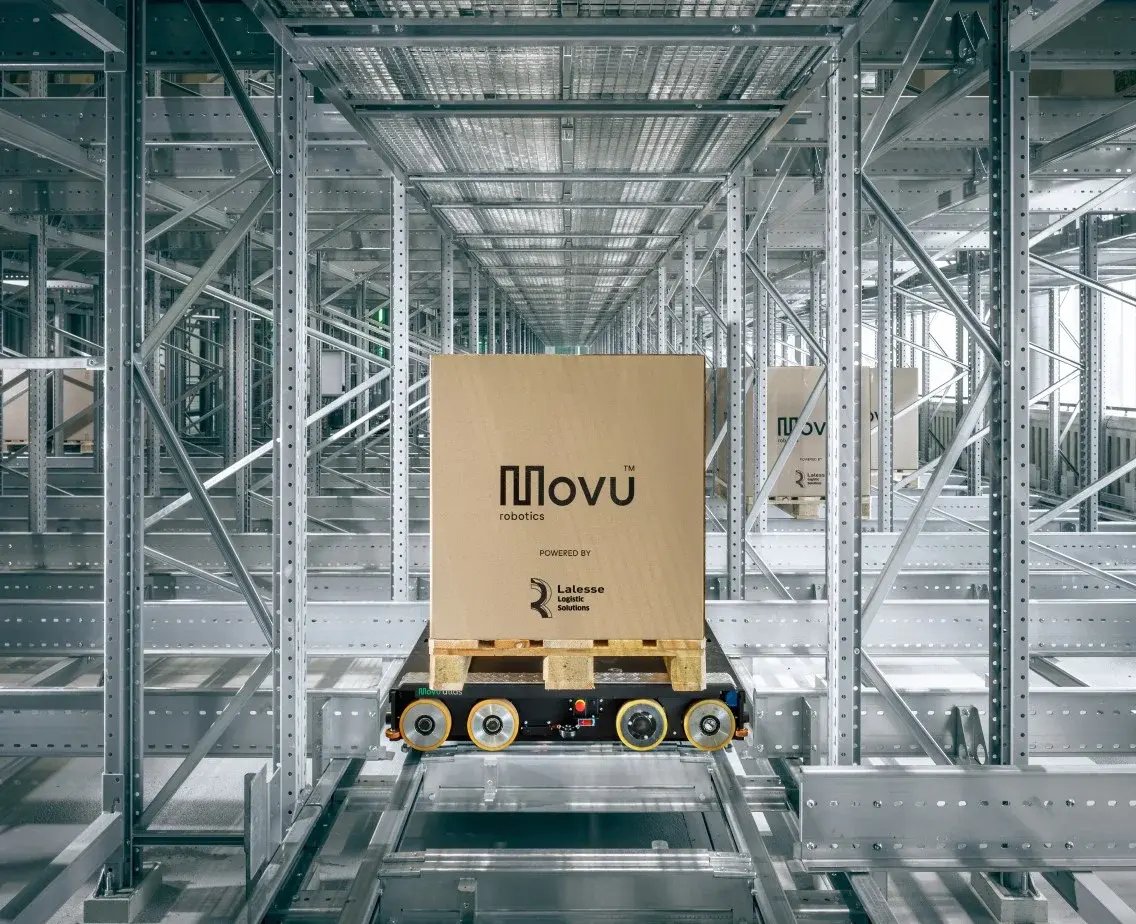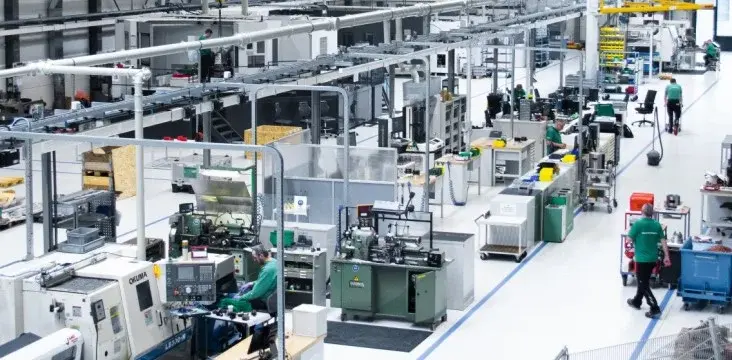Lalesse reduces administrative burden with Isah Mobile Field Service
When Lalesse set out to streamline and professionalize its service operations through the implementation of Isah Mobile Field Service, their list of requirements was extensive. Some of the key drivers included reducing internal email traffic, cutting administrative workload, presenting a more professional image, and improving cash flow. As a logistics integrator, Lalesse specializes in automating warehouses for both new constructions and existing facilities. We spoke with Arjen Geluk, Service Manager at Lalesse, about the company’s objectives, the implementation process, and their initial experiences with the solution.


Lalesse Logistics Solutions: the key to future-ready warehouse systems
Lalesse began in 1970 as a steel construction company and has since grown into a full-service provider of warehouse systems. While the company previously focused primarily on the development and production of warehouse cranes, it now handles the complete setup and automation of warehouses. This includes “goods-to-person” solutions that fit neatly into designated containers, as well as heavy load solutions for pallets or irregularly shaped items. Lalesse is involved from start to finish. From the initial planning and software selection—such as their proprietary WMS system—to implementation and ongoing service. To further professionalize its service operations, Lalesse chose to implement Isah Mobile Field Service.
A flood of emails and data scattered across different locations
Geluk enthusiastically explains how service is managed at Lalesse: “Once we deliver a total solution to our clients, we typically stay involved to provide ongoing service as outlined in our SLAs. This includes both preventive and corrective maintenance. Our service technicians are available 24/7 to respond to any issues that arise. During business hours, requests are handled by the internal service team. Outside office hours, requests go directly to the on-call technician.”
However, Geluk acknowledges that the way these processes were structured left room for improvement. He admits: “We had different processes for each scenario, which wasn’t ideal. During office hours, the internal service team would create a work order in Isah. A custom integration then sent the work order via email to the technician. The technician would check their email for the assignment and get started. Afterward, they would document their work in an Excel file, which was then automatically converted into a PDF and sent to both the internal team and the client. Technicians also had to log their hours independently in a separate time-tracking system. All of these steps involved email exchanges, which often made it difficult to locate the required information later, for example for time tracking, post-calculation, and invoicing. This involved a lot of time spent searching and retyping, which was obviously inefficient.”



“Now that we’re using Mobile Field Service and all the necessary information is immediately available in one place, we’re saving around 8 to 16 hours per week.”
Everything at your fingertips
With their needs and ideal process mapped out, Geluk discussed the options with colleagues and decided to implement Isah Mobile Field Service. “We first designed the process the way we wanted it to function. From there, we saw that Mobile Field Service was a good fit for us and aligned well with our requirements. We still create work orders in Isah, but outside office hours, technicians can now also create them themselves. So, while the starting point of an assignment may differ, it is always followed by the same standard process. The work order is prepared in Mobile Field Service, and the technician on site knows where to go and what the issue is. We also chose to provide technicians with tablets so they can easily enter start and end times. This makes time tracking much easier and gives us better insight into the hours worked. We simultaneously implemented Time Registration, ensuring that hours are immediately recorded correctly.''
Geluk adds: “A major benefit of Mobile Field Service is that technicians can access historical data on-site. This helps them understand what maintenance or issues have occurred previously. It also simplifies issuing parts, viewing van stock levels, and recording mileage. Van stock reliability has improved because there are no longer errors in part numbers, and inventory is now updated at the time of job completion rather than during invoicing. Finalizing the job also happens directly within Mobile Field Service. Whereas previously there was extensive communication required between the technician and the internal team, all information is now recorded in a single source, significantly reducing the risk of something being overlooked.”
Time savings for the internal service team
The internal service team also benefits from this more efficient service setup. Geluk explains: “There was an imbalance in the workload between direct and indirect hours because we had to gather data from so many different documents. It was a waste of time, and it didn’t make our staff happy. Now that we’re using Mobile Field Service and all the necessary information is immediately available in one place, we’re saving around 8 to 16 hours per week. We no longer have to retype anything, and data and documents are almost always complete from the start. This makes the work more enjoyable for the internal team, allowing them to focus on more engaging tasks.”
Another advantage of digitally recording all service-related data is that the service process can be completed more quickly. “We now need about one to two weeks to finalize a job after the work has been completed. Previously, it could easily take twice as long. Because the service process is finished sooner, we can also start invoicing significantly earlier. This has a positive impact on our cash flow, which of course makes our finance department happy, too.”
Continuing to improve in pursuit of customer satisfaction
Geluk emphasizes that the implementation of Isah Mobile Field Service was just the first step in optimizing their service operations, and he has concrete plans for further development: “We also want to start using the scheduling board to coordinate all our field staff within a single system. In addition, we’re looking into using a ticketing system to reduce the volume of emails even further. We know exactly where we’re headed, but we’re already very satisfied with the progress we’ve made.”
Isah Mobile Field Service
Explore how service employees can digitally register their hours and materials conveniently.

Also interesting.

AAE strengthens purchasing processes with SCSN

Metaglas ready for the future thanks to Isah ERP software

Global Organ Group chooses Isah ERP software to ensure future readiness and efficiency
Ready to get started with efficient service handling?
Your organization can also effectively manage its service employees, boosting customer satisfaction. Curious about the possibilities? Our specialists are here to assist and think along with you.
 Deutsch
Deutsch
 Nederlands
Nederlands